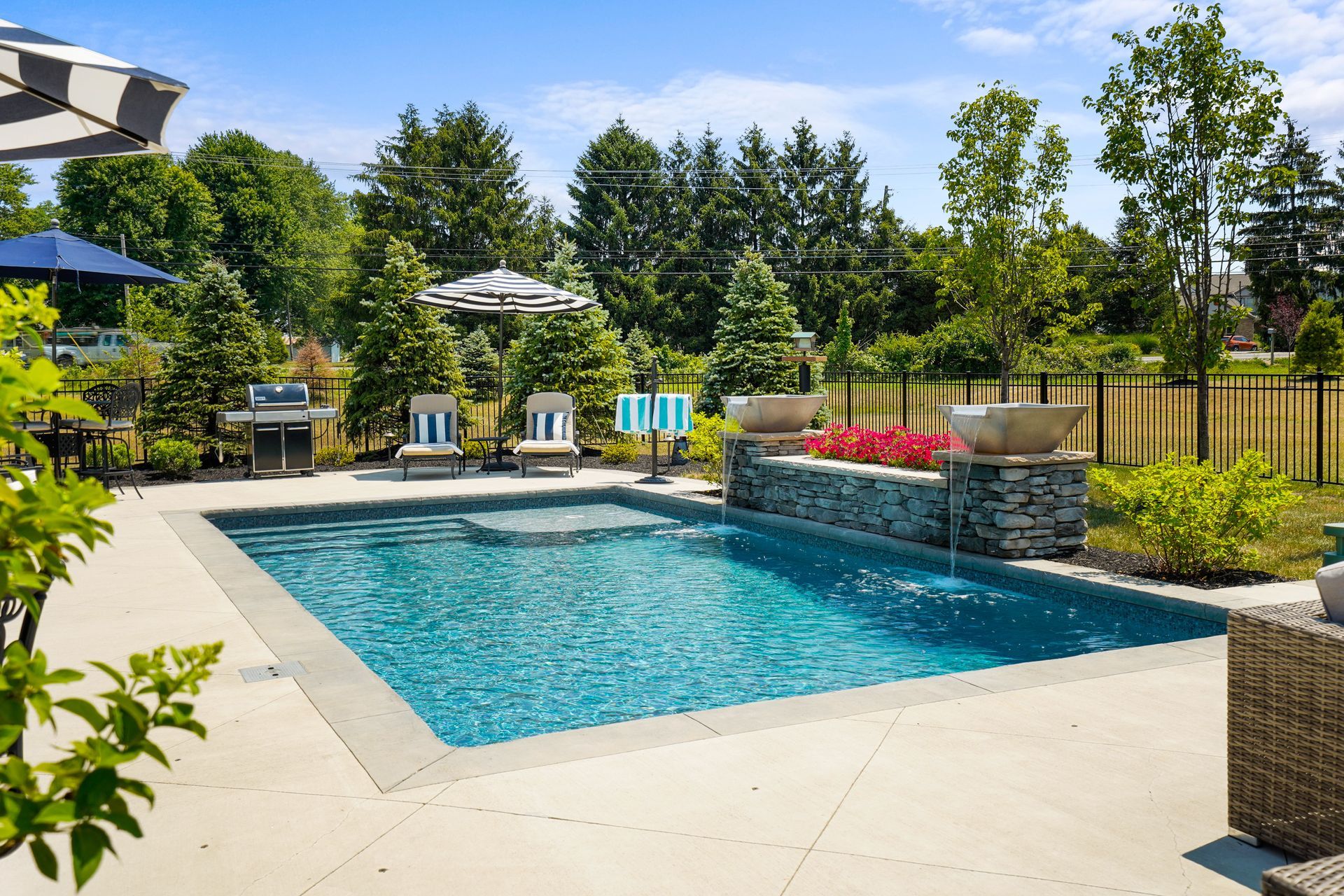How to Store Holiday Decorations

Christmas is over, and soon enough, you’ll be taking your holiday decorations down once again. When you went to take them out this year, did you find yourself frustrated as you dealt with tangled lights, missing pieces, or items that simply didn’t work?
While you can’t eliminate all of the potential hassles that come along with decorating for Christmas, you can take some steps to minimize them. Here are some tips on how to store holiday decorations to make things easier next December:
Wrap Your Lights
You already know that wrapping your lights will make them less likely to tangle, but if you’re like many of us, you store them in a heap anyway. Why do we do that? This year, do it the right way: Use some of the cardboard that came with the gifts that you received, and use it as a base to wrap your lights around.
Wrap them in a single layer. That way, the lights won’t rub against each other or end up tangled up anyway. While the lights are wrapped, plug them in for a minute so you can easily find any lights that are out. Replace these now, while you are thinking of it. (If you remember, check them again next year before unwrapping the lights; having them flat and organized makes the unlit bulbs much easier to locate.)
Protect Your Wreath From Dust
If you are using an artificial wreath on your front door, you’ll want to protect it from dust and mildew so that you can use it again next year. First, shake it off well when you take it down from the door. This will dislodge any dirt, grime, and little spiders who may have found your wreath to be a lovely hiding place.
Lay it down on a table or other flat surface in your garage, preferably in the vicinity of a heater, so that any snow will melt and any moisture will dissipate. Once it’s dry, gentle vacuuming will remove any remaining cobwebs. Wrapping your wreath in tissue or packing paper will help absorb any remaining moisture that might contribute to mildew. Finally, pack it away carefully in a cardboard box or a plastic tub until next year.
Highlight Your Home
Maybe you’re more interested in the look of your house than the look of your front yard. But a front yard that’s unkempt or poorly designed can detract from the beauty of your home. A neatly manicured lawn and some well-chosen plants can be used to highlight the best features of your home without pulling all of the focus onto the yard.
For instance, you can opt for a durable grass that can hold its own, like Kentucky bluegrass, zoysia, or centipede grass. Plant some simple boxwood shrubs to create a border-defining hedge that looks neat and tidy, but not overwhelming. Then place some brightly colored flowers, like daylilies or allium, close to the house to draw the eyes in that direction.
Make Friends With Your Label Maker
Or, if you don’t have a label maker, with your Sharpie marker. Everything seasonal that you store in your garage or closet should be well-labeled. Don’t just go with generic, “Christmas decorations,” either; be specific! Next December, when you’re standing in your cold garage looking for the Christmas lights and the blow-up Santa, you won’t want to waste time rummaging through boxes. Instead, you’ll be able to see exactly what you need. So do yourself a favor and label your containers well now, to save time next year.
OMNI LEARNING CENTER
RECENT POSTS



